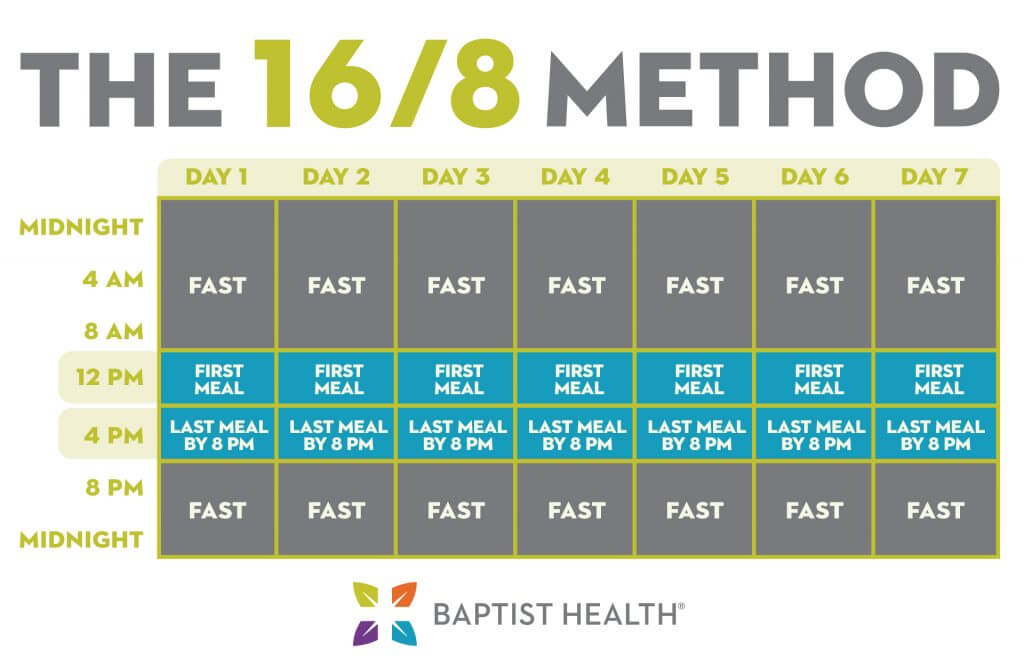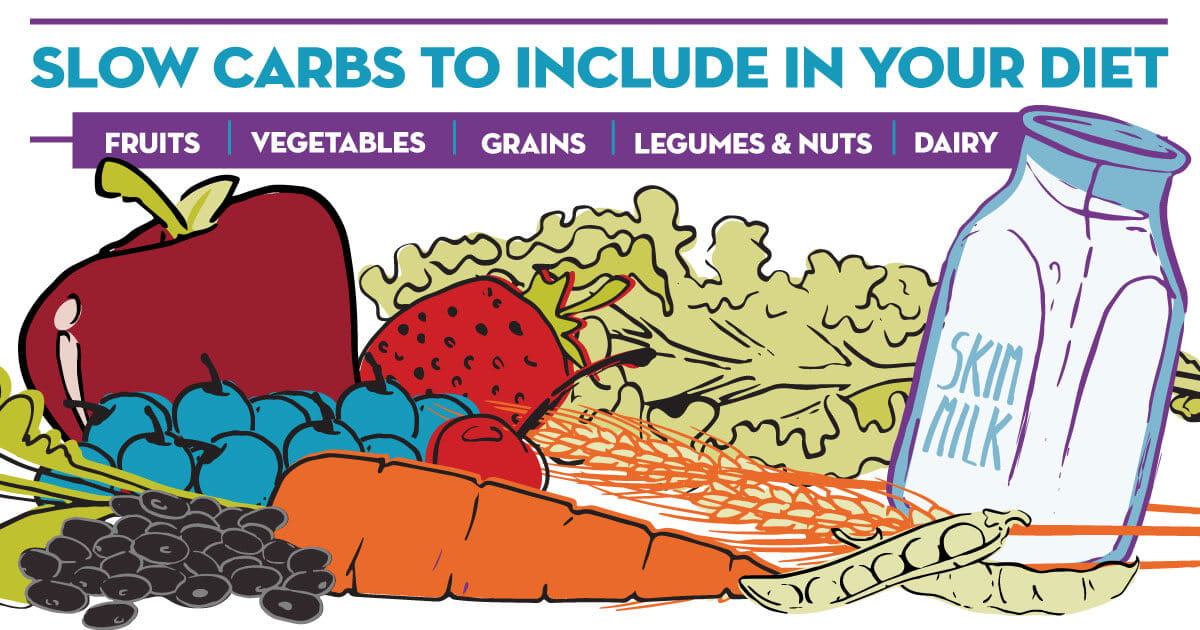Intermittent Fasting for Weight Loss

What is Intermittent Fasting?
Intermittent fasting is an eating pattern that cycles between periods of fasting and eating. Unlike a diet that tells you which foods to eat, intermittent fasting tells you when to eat them. It’s currently one of the most popular health and fitness trends in the world because following it can help you lose weight, improve your health, and may even help you live longer. Read on to learn about the benefits and types of intermittent fasting, benefits, and free intermittent fasting plans to start intermittent fasting for weight loss.
Types of Intermittent Fasting
There are different methods of intermittent fasting, all of which involve splitting the day or week into periods of eating and fasting. While fasting, you eat nothing or very little. Learn more about the most popular types of intermittent fasting and learn how to start intermittent fasting for weight loss:
The 16/8 method
This method, also known as the Leangains protocol, involves skipping breakfast and only eating during eight hours of the day, such as 1-9 p.m. Then you fast for 16 hours in between. This plan can be as simple as skipping breakfast and not eating anything after dinner. It’s also important to eat healthy foods during your eight-hour window of eating. If you eat junk food during this period, this method won’t work.

Eat-Stop-Eat
This involves a 24-hour fast that you do once or twice a week. This can be accomplished by not eating from dinner one day until dinner the next day. Water, coffee, and other zero-calorie beverages are allowed, but no solid foods should be consumed during this period.


The 5:2 diet
This method involves eating normally five days a week, then restricting your calorie intake to 500-600 for two days of the week. On the two days that you’re fasting, it’s recommended that women eat 500 calories and men eat 600.
The Warrior Diet
The Warrior Diet is considered a type of intermittent fasting, based on the eating patterns of ancient warriors, who consumed little during the day and feasted at night. People who follow this plan undercut for 20 hours per day, then consume as much as they want at night. During the fasting period, you are encouraged to consume small amounts of diary products, hard boiled eggs, and fruits and vegetables. During the four hour eating window, you can essentially consume anything you want, although unprocessed, healthy options are encouraged.
Alternate Day Fasting (ADF)
This type of intermittent fasting relies on an easy-to-remember schedule where you fast every other day, and eat normally on the non-fasting days. Some versions of this plan allow for a modified 500 calorie consumption on fasting days, while others eliminate calories completely while fasting. Alternate day fasting has proven weight loss benefits.
OMAD (One Meal a Day)
This type of intermittent fasting utilizes a 23:1 eating plan, meaning you fast for 23 hours of the day and eat for one hour. Most people following this type of intermittent fasting choose to eat at dinnertime, then fast again until the following evening.
Intermittent Fasting Benefits
When you take a break from eating for a while, many things happen in your body including:
- Insulin levels drop, which facilitates fat burning.
- Human Growth Hormone (HGH) levels increase, helping with fat burning and muscle building.
- The body induces cellular repair processes, removing waste from the cells.
The hormonal changes in your body that result from intermittent fasting make stored fat more accessible to burn, which often leads to weight loss.
How To Lose Weight With Intermittent Fasting
Although there are many benefits associated with intermittent fasting, weight loss is the most common reason most people try intermittent fasting. Simply by reducing the number of meals you consume, you’ll automatically reduce your calorie intake. Intermittent fasting also changes hormone levels to help with weight loss, including increasing growth hormone levels and the fat-burning hormone norepinephrine. Intermittent fasting can also increase your metabolic rate by as much as 3.6-14%.
How To Start Intermittent Fasting For Weight Loss
Choose an intermittent fasting time that works for you and your schedule. It’s recommended that you eat healthy foods during the times you’re allowed to eat. Meal planning can help and doesn’t have to be overly restrictive. Planning your meals is a great way to stick to your calorie count and also ensures that you have the necessary food on hand for meals and snacks. In general, make sure to make your calories count and always consider the nutritional value of the foods you eat. Try to consume foods that are nutrient-rich and reduce your intake of junk foods.
Learn More About Intermittent Fasting for Weight Loss from Baptist Health.
Being overweight can cause health problems, and intermittent fasting can be a great way to lose weight. Find a provider today to get peace of mind and get back on track for weight loss.
Next Steps and Useful Resources
Find a Provider
Take a Free Healthy Weight Range Assessment
How to Calculate Macros for Weight Loss
7 Healthy Recipes That Feel Indulgent



